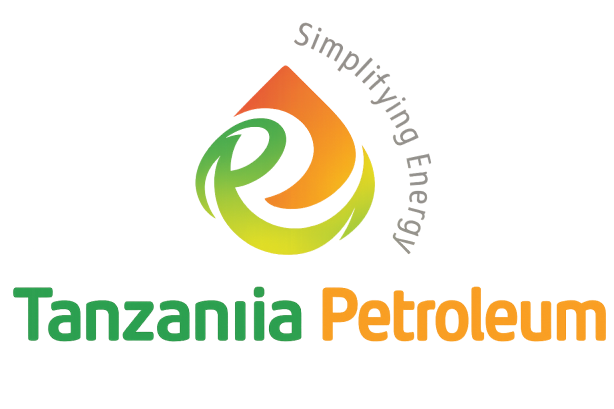In the dynamic world of the petroleum industry, success hinges heavily on one crucial factor: location. The strategic placement of petrol stations in areas with burgeoning demand and minimal competition can make or break a business.
Yet, identifying these regions poses a significant challenge, necessitating substantial investment in market research, trend analysis, and competitor scrutiny.
Tanzania, like many nations, exhibits regional disparities in petroleum consumption.
While some areas are adequately supplied, others are witnessing a rapid surge in demand for petroleum products.
Recent research conducted by PETRO AFRICA Ltd, a leading provider of fuel products and logistics solutions in Tanzania, sheds light on ten regions in the country where demand surpasses supply.
The Southern Regions: A Hotspot for Petroleum Consumption
The southern regions of Tanzania emerge as prime candidates for investment in the petroleum sector. Several factors contribute to their allure:
- Supply-Demand Imbalance:
Southern regions such as Iringa, Mafinga, Makambako, Mbeya, Sumbawanga, Songea, Tunduru, Masasi, Mtwara, and Lindi grapple with a persistent gap between petroleum consumption and supply.
Despite the presence of privately owned stations and corporate suppliers, the market remains underserved due to the overwhelming demand.
Moreover, the geographical proximity to three neighboring countries amplifies the demand, as adjoining provinces rely on fuel imports from Tanzania’s southern highlands.
- Agricultural Activities:
The southern regions boast a vibrant agricultural sector, driving substantial demand for petroleum products.
From mechanized farming in Mbeya to coal mining operations in Ruvuma, diesel emerges as the primary fuel powering these endeavors.
Farmers and miners alike depend on vehicles to transport their produce and materials, fueling consistent demand for diesel.
- Industrial Expansion:
Industrialization initiatives, such as the Dangote Cement Factory in Mtwara, contribute to the burgeoning demand for petroleum products. The influx of trucks and heavy machinery necessitates a steady supply of diesel, underscoring the region’s industrial fuel requirements.
Product Preferences in High-Demand Regions
While all petroleum products enjoy demand in these regions, diesel emerges as the clear frontrunner, followed closely by petrol. Kerosene, although less popular, remains a staple for certain demographics and should be stocked to cater to diverse customer needs.
Maintaining adequate stock levels is crucial, as inventory shortages can deter potential customers.
Conclusion
In navigating Tanzania’s evolving petroleum landscape, savvy investors and industry stakeholders must heed the call of opportunity emanating from the southern regions.
By leveraging market insights and understanding the unique drivers of demand, businesses can position themselves for success in meeting the petroleum needs of these burgeoning economies.
As consumption patterns continue to evolve, proactive adaptation and strategic investment will be key to sustaining growth and profitability in this dynamic sector.






